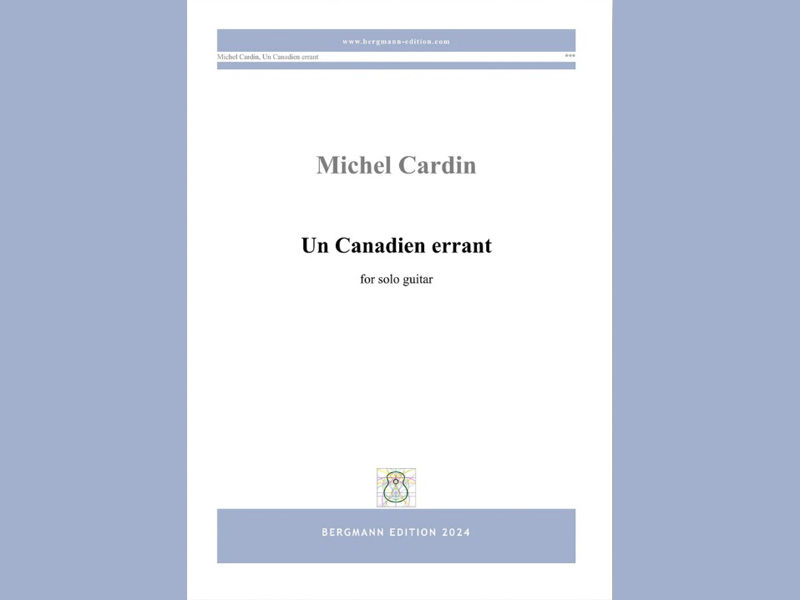Frederick Maggio : Il etait une fois la melancolie: DOz
- chrisdumigan
- May 19, 2021
- 2 min read
Updated: Jun 5, 2022

Frederick Maggio
Les Productions D’Oz: 12 pages
This latest work by this French composer is in five movements, beginning with Jazz a la Maison which is a quick, bouncy piece with a swing rhythm indication at the beginning, where all quavers are actually written as straight quavers but the player is to make them into a triplet, wherein the first two quavers are a crotchet, and the third a quaver, thus providing the swing rhythm. This opening piece is full of offbeat rhythms, and crotchet triplets above straight crotchet bass notes, as well as the afore – mentioned triplet quavers. So, although the piece is only in two voices for the greater majority of the time, the rhythms are varied and complex, and constantly changing. There are some unexpected fingerings and one or two large stretches, but it is a quirky and fun opener to this set.
Juste un au revoir is a tender love song with a wide – ranging melody with some judicious use of harmonics along the way .Again the piece is in two voices where the low voice is generally long held bass notes, underneath a melody that often stretches right up to the very top of the first string. This does result in a number of places where you are high up on the fingerboard for some of the time, so players have to be well accustomed to the higher positions on all the strings, but this emotional piece is very attractive.
Les Annees Passent has a Rubato marking although the Alla Breve time signature suggests that it is not meant to be too slow. This pleasant little movement is again somewhat sad and reflective with a 3/ 4 middle section that contrasts a little with it, as it tries to put a happier feel into the piece. However the opening returns and is slightly varied this time, leading to a gentle coda.
Lueur dans la nuit is again marked Rubato, but this time is in 3 / 4 and comes across as a gentle waltz that has an expressive melody and some warmly romantic styled harmonies. There are quite a few musical instructions there too to keep the player occupied along the way, together with a number of hammer – ons before a Lento coda over a rising arpeggio and topped by a harmonic.
The final Sur le Sable has no speed marking at all, but from the multitude of semi – quavers throughout, one can see that is moves considerably! It has rhythmic elements of the Latin – American rhythms at times too and so there a few places where this is a little tricky, but nevertheless is a fine and warmly emotive conclusion to this interesting and engrossing set of pieces. The difficulty factor is roughly intermediate only so any decent players with a good knowledge of the fretboard will get a lot from this fine set.
Chris Dumigan




Comments